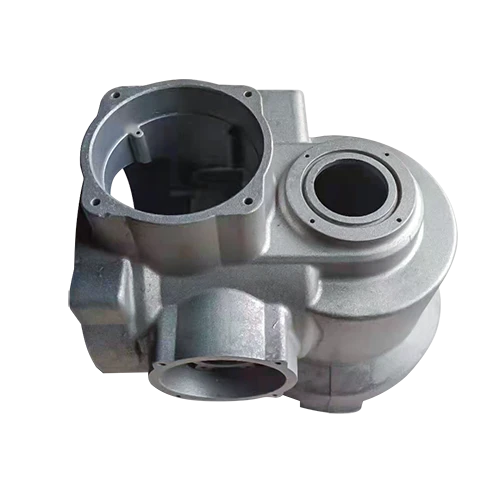Mobile:+86-311-808-126-83
Email:info@ydcastings.com
Exploring the Various Designs and Functions of Impellers in Fluid Dynamics Applications
Different Types of Impellers An Overview
Impellers are vital components in a variety of machinery, especially in pumps and turbines. They are designed to move fluid or gas by converting rotational energy from a motor into kinetic energy of the fluid. The design of an impeller significantly impacts the performance, efficiency, and suitability of the pump or turbine for specific applications. This article explores different types of impellers, their constructions, and applications.
1. Centrifugal Impellers
Centrifugal impellers are perhaps the most common type, widely used in centrifugal pumps. These impellers utilize a rotating mechanism to impart kinetic energy to the fluid, causing it to flow outward from the center of the impeller. They come in various designs, such as open, semi-open, and closed impellers
- Open Impellers These consist of vanes attached to a hub, allowing for easy passage of solids. They are suitable for applications involving slurry or fluids with large particulates. - Semi-Open Impellers These have partially enclosed vanes, offering better efficiency than open designs while still allowing some solid handling.
- Closed Impellers Fully enclosed vanes that provide high efficiency and are ideal for applications requiring a smooth flow of clean fluids. They are less suited for fluids with solids as they can clog easily.
2. Positive Displacement Impellers
These impellers function differently than centrifugal ones. They move fluid by trapping a fixed volume and forcing it through the pump. Positive displacement impellers are often used in applications requiring high pressures and low flow rates. There are two main types
- Gear Impellers These impellers utilize rotating gears to transfer fluid. They are typically found in oil pumps and certain types of chemical processing equipment due to their ability to maintain consistent flow rates.
different types of impellers

- Diaphragm Impellers These use a flexible diaphragm that moves back and forth to push fluid through a chamber. They are commonly used in applications that require the handling of hazardous or corrosive fluids, providing a seal that can prevent leakage.
3. Axial Flow Impellers
Axial flow impellers generate flow parallel to the impeller shaft. They are designed for high flow rates and low pressure. These are commonly used in applications like irrigation, drainage, and industrial cooling. Axial flow impellers are characterized by
- Propeller Designs Similar to boat propellers, these impellers are efficient in moving large volumes of fluid. They consist of blades that can be solid or have a specific pitch angle to increase performance.
4. Mixed Flow Impellers
As the name suggests, mixed flow impellers combine features of both centrifugal and axial flow designs. They can handle both high flow rates and pressures, making them versatile for various applications. Typically found in larger water treatment plants and some industrial processes, mixed flow impellers are designed to balance efficiency and flow characteristics.
Conclusion
Choosing the right type of impeller is crucial for achieving optimal performance in any fluid-handling application. Each impeller type has its strengths and weaknesses, impacting factors such as efficiency, flow rate, and the ability to handle particulates or corrosive substances. Understanding the specific requirements of the application—including fluid type, flow rate, and pressure—will guide engineers and technicians in selecting the most appropriate impeller design for their needs. With advancements in technology and materials, the future of impeller design promises even more efficiency and versatility, further broadening their application scope across various industries.
-
Why Should You Invest in Superior Pump Castings for Your Equipment?NewsJun.09,2025
-
Unlock Performance Potential with Stainless Impellers and Aluminum End CapsNewsJun.09,2025
-
Revolutionize Your Machinery with Superior Cast Iron and Aluminum ComponentsNewsJun.09,2025
-
Revolutionize Fluid Dynamics with Premium Pump ComponentsNewsJun.09,2025
-
Optimizing Industrial Systems with Essential Valve ComponentsNewsJun.09,2025
-
Elevate Grid Efficiency with High-Precision Power CastingsNewsJun.09,2025











